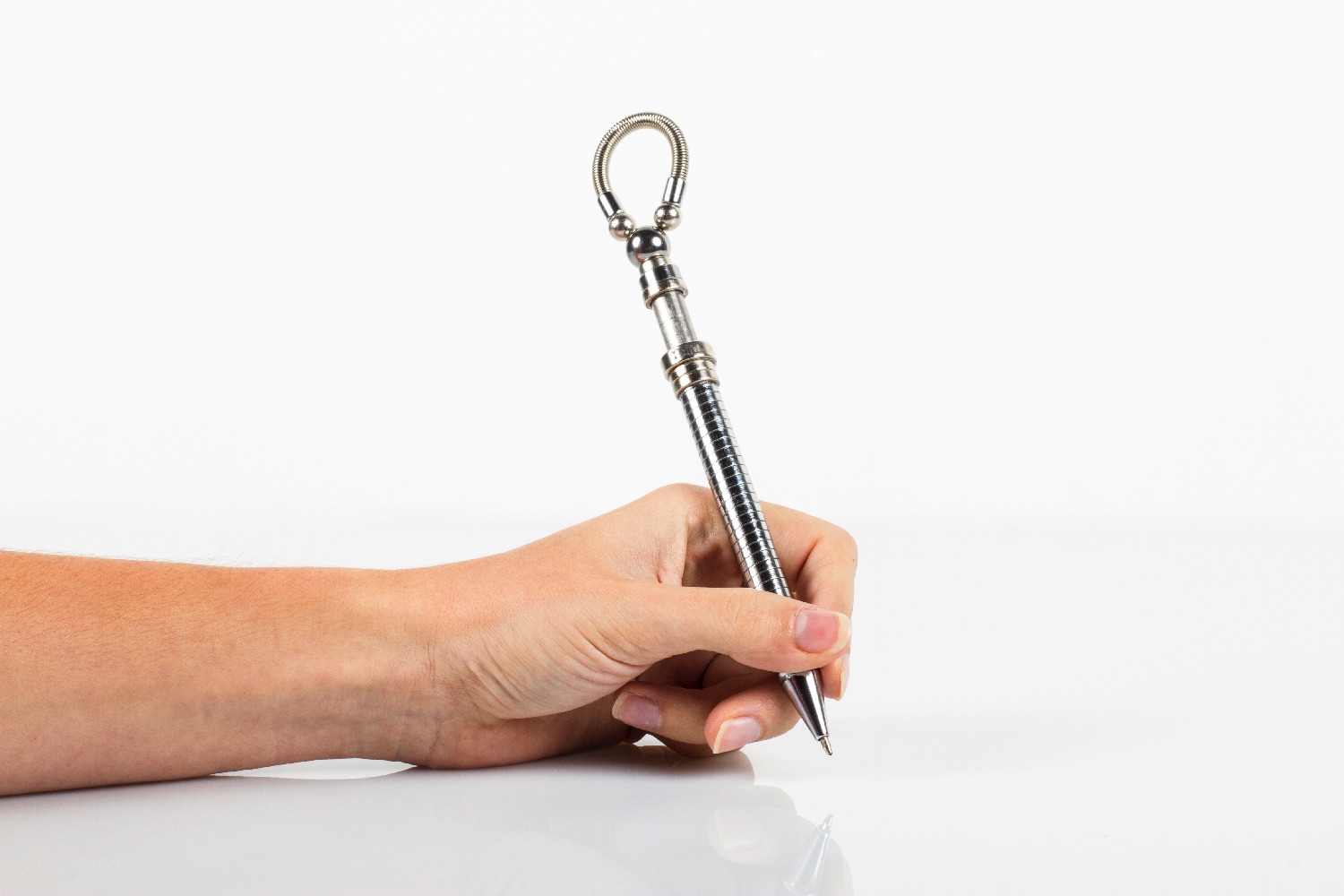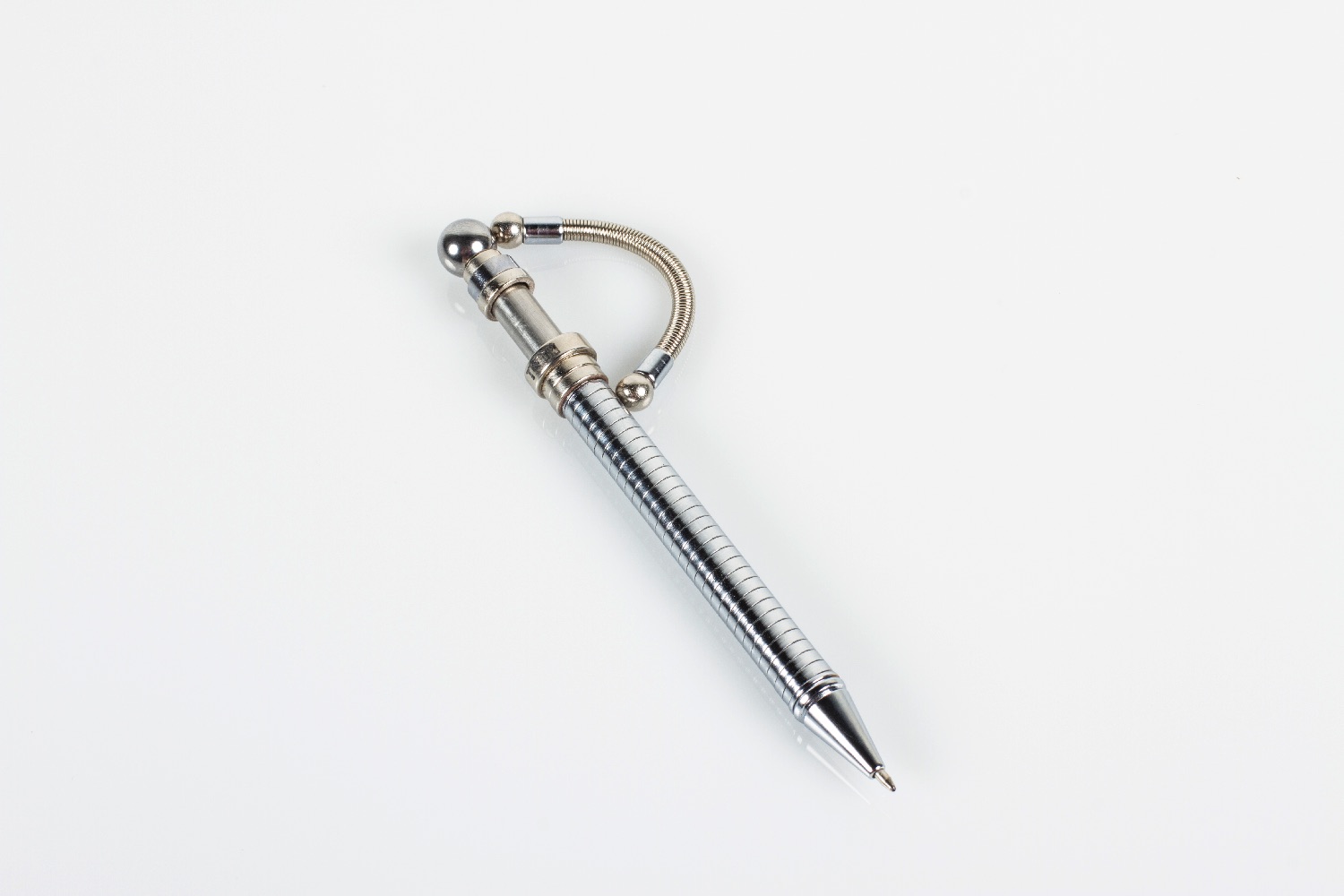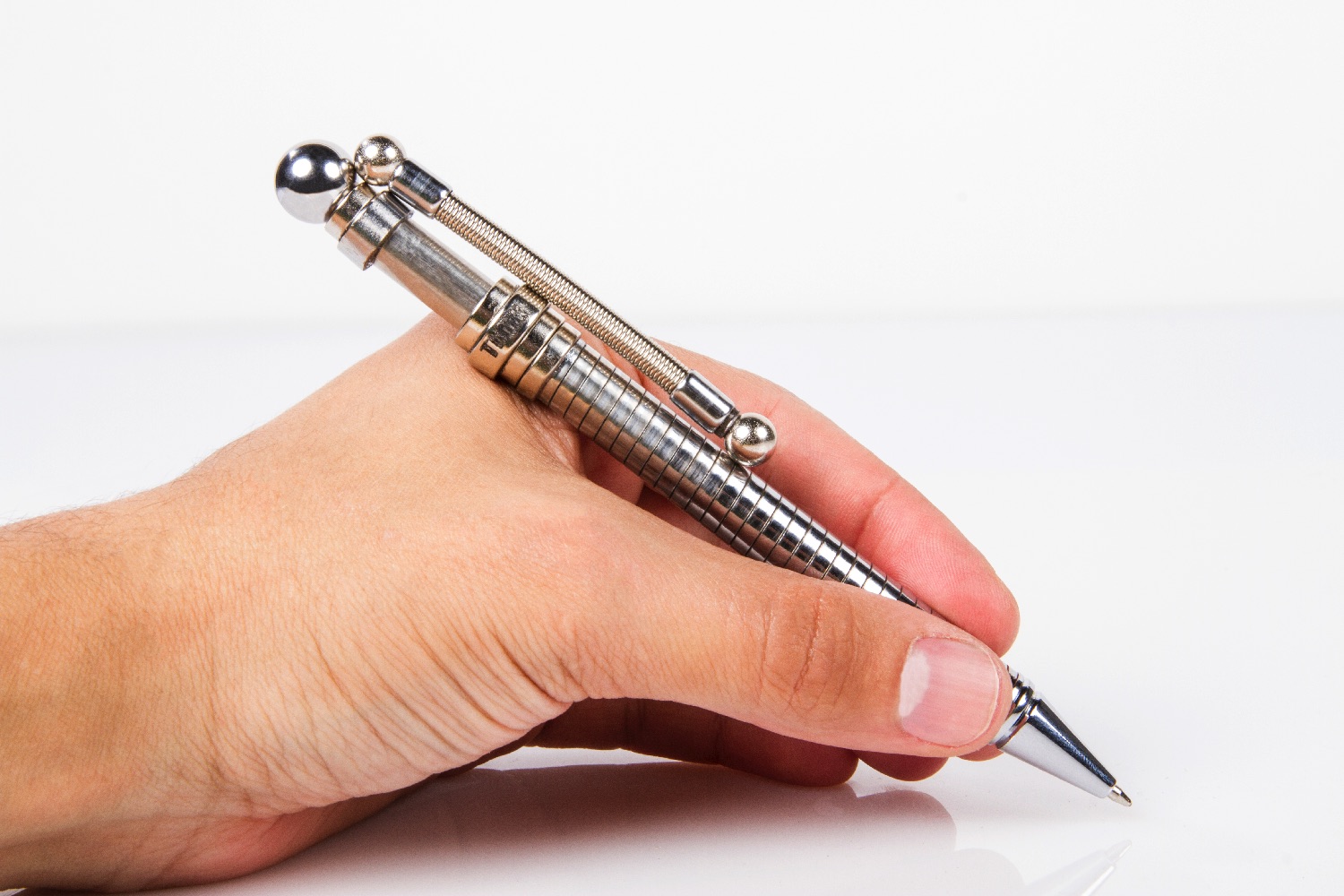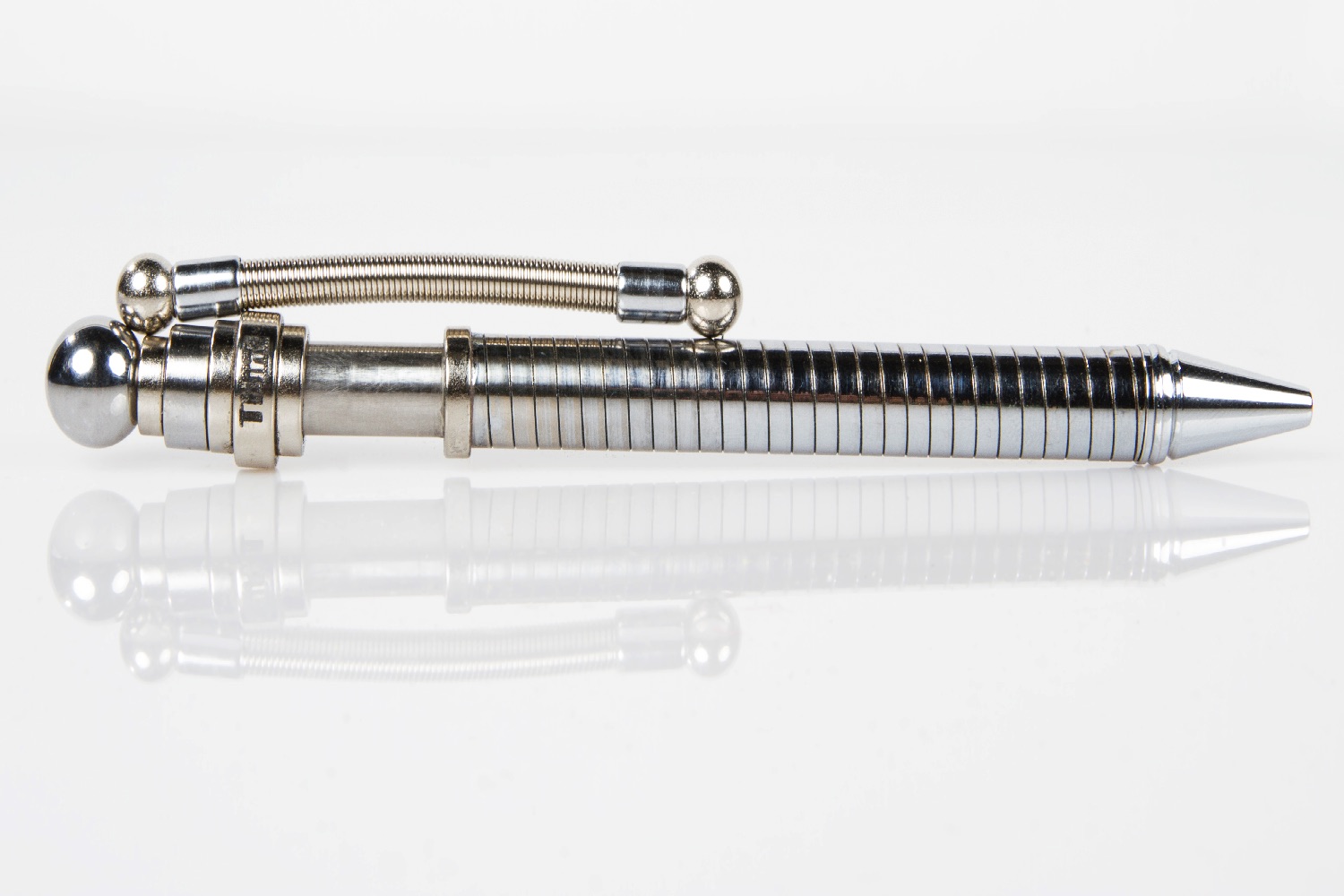Called Think Ink, the concept in question is a ballpoint pen and “discrete fidgeting tool,” which combines a titanium and steel pen exterior with a plethora of bendable, spinnable, and assorted other tactile elements to keep fingers happy.
“I made this for my daughter,” co-founder Kent Lyon told Digital Trends. “She had just started a new job, which she nervous about, and started noticing that she was fidgeting a whole lot. Whether it was clicking her pen or playing with her hair, she found that she couldn’t stop doing something with her hands.”
Lyon jumped online to search for a product for her, like the one he eventually wound up developing. He could not find something suitable, but it nonetheless turned out to be a rewarding experience.
“The more I started reading about fidgeting, the more interested I got,” he said. “Eventually, when I couldn’t find something that fit, I figured I’d have to make her something myself.”
Lyon teamed up with entrepreneur Jym Daniel, and together they developed Think Ink: gradually distilling their fidgeting research into a product they hope will take the world — or, at least, the world’s hands — by storm. “We took a lot of ideas from hardcore fidgeters, and what they said they most enjoyed,” Lyon continued.
The pen form factor is one Lyon said they picked because most people carry one with them.
“A pen is something people can take everywhere, and that they already fidget with,” he said. “I heard from so many people who described themselves as ‘pen murderers.’ It just made sense to use as the basis for our fidget device. And, unlike regular pens which you can click and suchlike, there’s no noise this pen can make that will annoy other people around you.”
Whether it can match the success of Fidget Cube on Kickstarter remains to be seen, but if you want to get hold of a Think Ink pen of your own you can do so by checking out the campaign at the link above. The pens will set you back $40 each, with shipping scheduled to take place in April.
Now get back to work!







